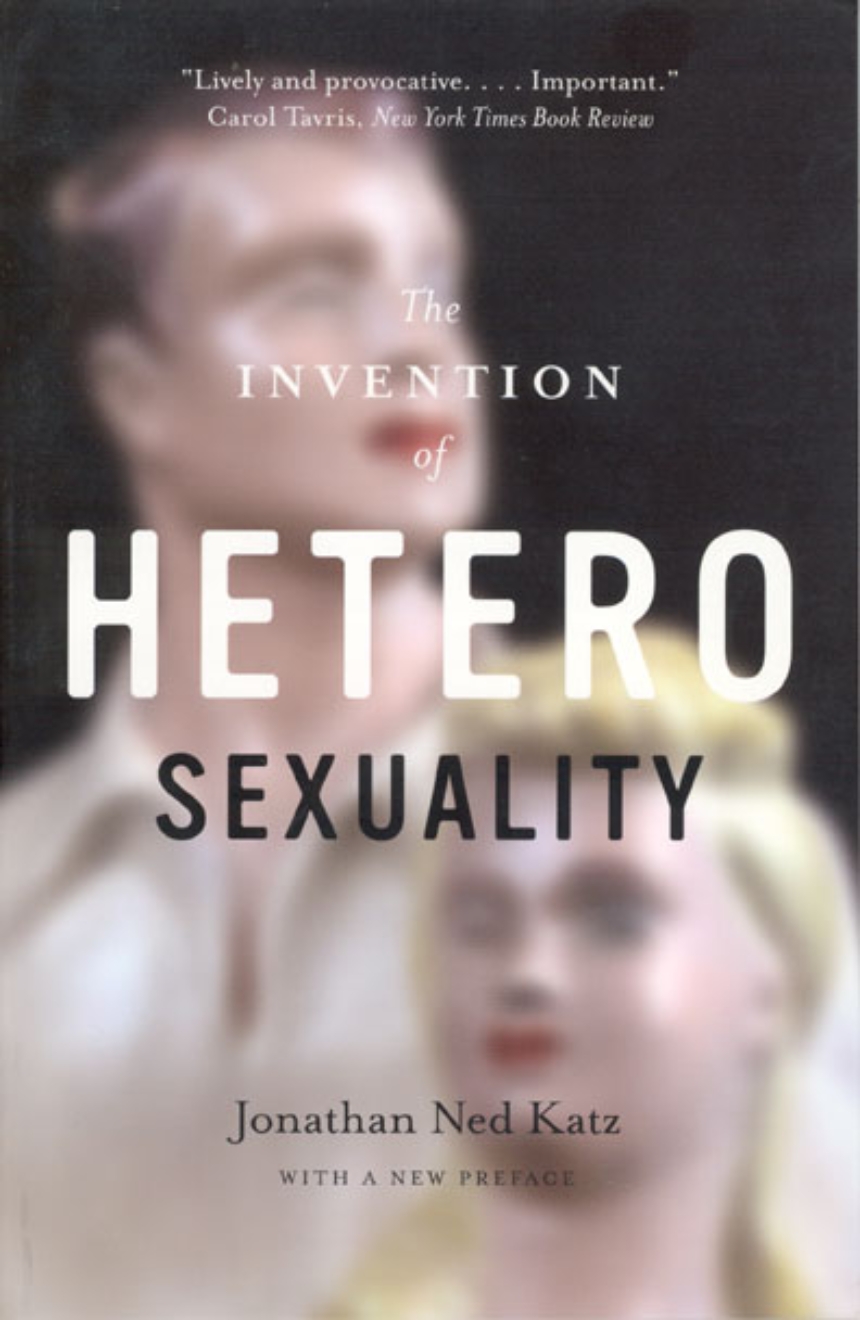The Invention of Heterosexuality
“Heterosexuality,” assumed to denote a universal sexual and cultural norm, has been largely exempt from critical scrutiny. In this boldly original work, Jonathan Ned Katz challenges the common notion that the distinction between heterosexuality and homosexuality has been a timeless one. Building on the history of medical terminology, he reveals that as late as 1923, the term “heterosexuality” referred to a "morbid sexual passion," and that its current usage emerged to legitimate men and women having sex for pleasure. Drawing on the works of Sigmund Freud, James Baldwin, Betty Friedan, and Michel Foucault, The Invention of Heterosexuality considers the effects of heterosexuality’s recently forged primacy on both scientific literature and popular culture.
“Lively and provocative.”—Carol Tavris, New York Times Book Review
“A valuable primer . . . misses no significant twists in sexual politics.”—Gary Indiana, Village Voice Literary Supplement
“One of the most important—if not outright subversive—works to emerge from gay and lesbian studies in years.”—Mark Thompson, The Advocate
Reviews
Table of Contents
1 The Geneology of a Sex Concept
From Homosexual History to Heterosexual History
2 The Debut of the Heterosexual
Richard von Krafft-Ebing and the Mind Doctors
3 Before Heterosexuality
Looking Backward
4 Making the Heterosexual Mystique
Sigmund Freud’s Seminal Conceptions
5 The Heterosexual Comes Out
From Doctor Discourse to the Mass Media
6 Questioning the Heterosexual Mystique
Some Liberal Feminist and Radical Feminist Verdicts
7 The Lesbian Menace Strikes Back
Some Lavender Feminist Critiques
8 Toward a New Pleasure System
Looking Forward
Afterword by Lisa Duggan
Acknowledgements
Notes
Bibliography
Index
